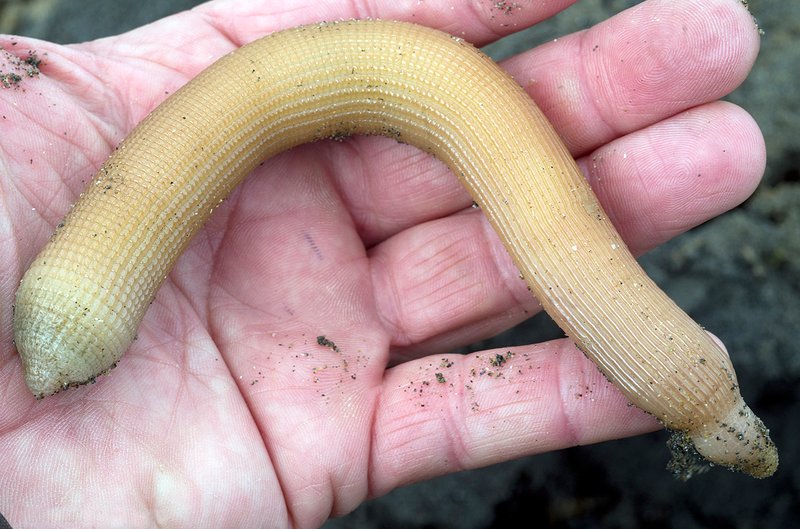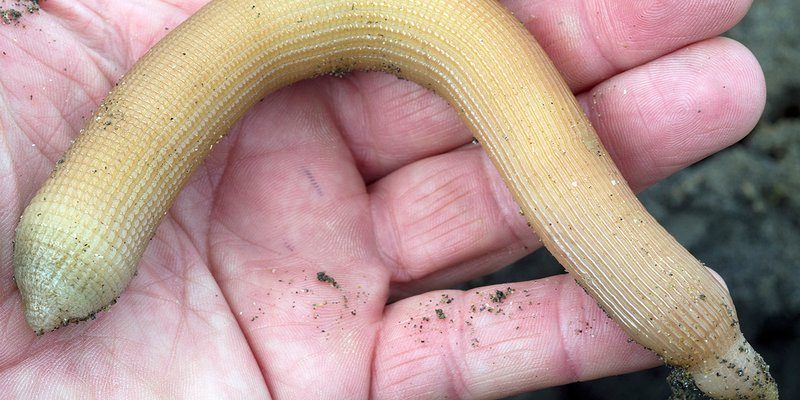
Studying peanut worms in captivity opens up a treasure trove of opportunities for marine biologists and aquarists alike. By learning about their behaviors and habitats, we can better understand the ecosystems they inhabit and how they interact with various marine life. But can they be successfully raised in tanks or aquaponics systems? Let’s dive into the world of peanut worms to find out.
What Are Peanut Worms?
Peanut worms, scientifically known as *Sipuncula*, are marine invertebrates that can be found in various ocean habitats. If you’ve never seen one, picture a soft, segmented body that can retract into a burrow much like pulling into a shell. They have a distinct head with a tuft of tentacles that help them feed on small particles in the water.
Here’s an interesting tidbit: peanut worms can reach lengths of up to 40 centimeters, depending on the species. They primarily live in sandy or muddy substrates, which serve as their home base while they hunt for food. Their soft bodies and unique feeding structures make them quite different from many other marine creatures. You might wonder, why study them? Well, they play a crucial role in nutrient cycling and are indicators of marine ecosystem health.
Are Peanut Worms Suitable for Captivity?
You might be curious about whether these quirky worms can adapt to life in a controlled environment. The answer is yes, but with a few caveats. Peanut worms thrive in specific habitat conditions, which means replicating their natural environment is key to their success in captivity.
To keep them happy, you’ll need:
- A well-filtered aquarium to maintain water quality.
- Soft substrates like sand or mud for burrowing.
- Stable water conditions, including temperature and salinity levels.
Think of it this way: if you were to invite a peanut worm to live in your home, you wouldn’t just throw it on the kitchen counter, right? You’d create a cozy little nook where it can thrive. It’s all about mimicking their natural setting.
Feeding Peanut Worms in Captivity
Feeding peanut worms isn’t complicated, but it does require a bit of knowledge. These worms are primarily detritivores, which means they consume organic matter, including decomposing plants and small microorganisms. In captivity, you can offer them a diet of finely crushed fish food, sinking pellets, or powdered algae.
Here are a few feeding tips:
- Feed them small amounts to avoid polluting the water.
- Monitor their eating habits to ensure they’re thriving.
- Consider supplementing with live microalgae for added nutrition.
You might be wondering about the frequency of feeding: once or twice a week should suffice, depending on the specific needs of your peanut worms. Keeping an eye on their health is key—happy worms will be active and will show signs of growth.
Breeding Peanut Worms in Captivity
Ah, the age-old question of breeding! Can peanut worms reproduce in captivity? Yes, they can, but it can be a bit tricky. Peanut worms are known for their ability to reproduce both sexually and asexually, depending on environmental conditions.
For successful breeding, you’ll want to provide:
- Stable water conditions.
- An appropriate substrate for burrowing.
- Enough food to support multiple individuals.
During mating, peanut worms release gametes into the water, where fertilization occurs. After a few weeks, the larvae can develop into juvenile peanut worms. However, nurturing these tiny larvae requires specialized care, so be prepared for a bit of a challenge—it’s like nurturing a tiny garden of marine life!
Challenges of Keeping Peanut Worms
While peanut worms can be fascinating to study and farm, they do come with their own set of challenges. For instance, maintaining water quality is crucial. Fluctuations in temperature or pH can stress these delicate creatures.
Here are a few common challenges you might face:
- Water Quality: Regular testing for ammonia, nitrites, and nitrates is essential.
- Tank Maintenance: A clean environment is crucial to prevent disease.
- Compatibility: Keeping peanut worms with aggressive tankmates can lead to stress or injury.
Being aware of these potential pitfalls can help you set up a successful habitat for your peanut worms, making the endeavor much more rewarding.
Why Study Peanut Worms?
So, why put effort into studying peanut worms? Well, aside from their unique biological features, they serve as an important part of the marine ecosystem. Understanding their role can provide insights into ocean health and biodiversity. Plus, studying them can shed light on broader concepts like nutrient cycling.
By observing their behaviors, feeding patterns, and responses to environmental changes, researchers can better understand how marine ecosystems function. Plus, who wouldn’t want to learn more about these quirky, introverted creatures? They’re like the unsung heroes of the ocean.
In summary, peanut worms offer a fascinating glimpse into marine biology. With proper care and knowledge, they can be studied and cultured in captivity, allowing researchers and hobbyists alike to explore their unique behaviors and ecological roles. Whether you’re an aspiring marine biologist or just someone intrigued by the ocean, taking the plunge into peanut worm care could be an enriching experience.
So, why not give it a shot? You might just discover a new passion for marine life you never knew existed. Happy worm-keeping!

